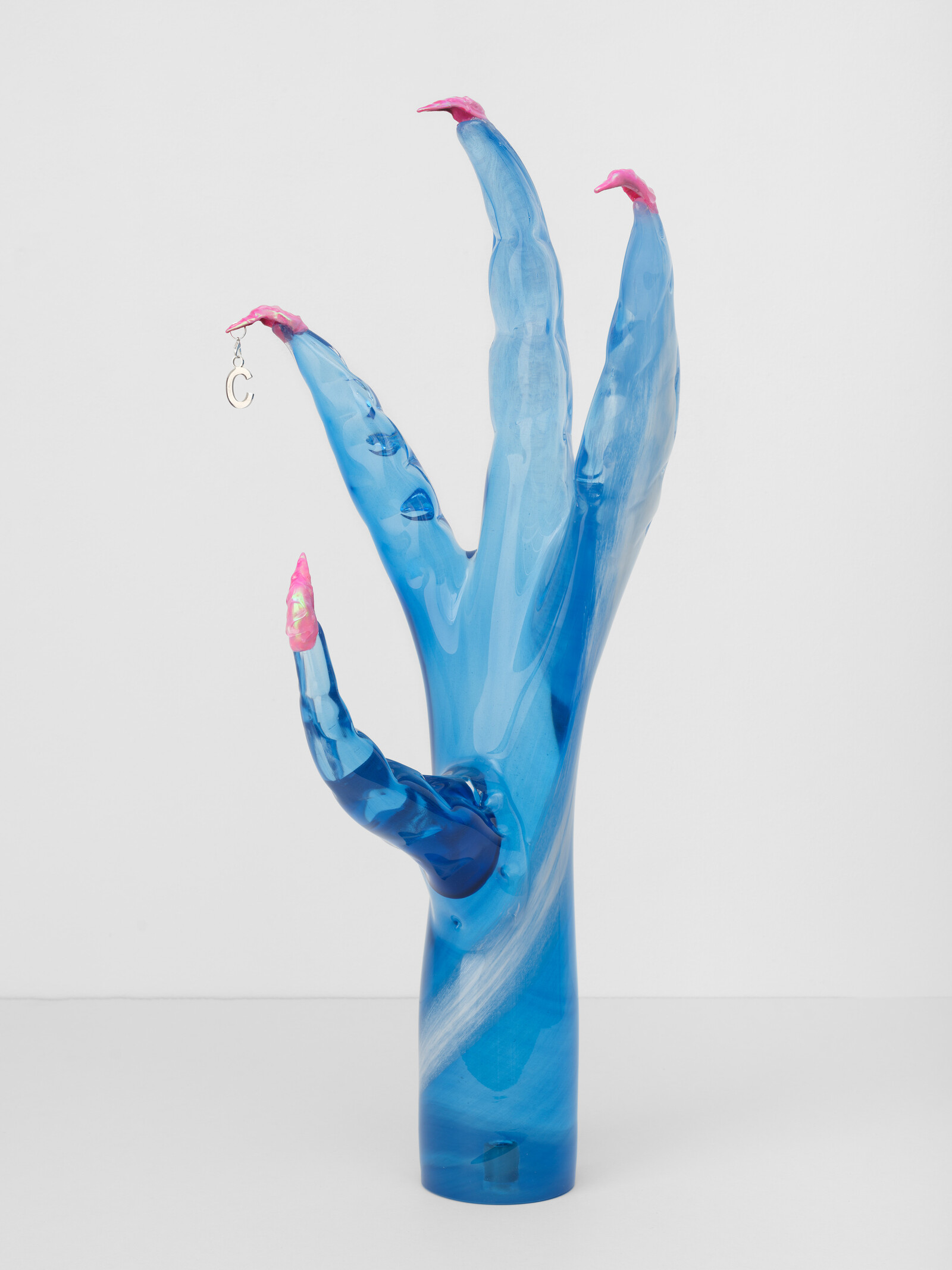Simurgh
February 14–May 18, 2025
Lichtentaler Allee 8a
76530 Baden-Baden
Germany
Hours: Tuesday–Sunday 10am–6pm
T +49 7221 30076400
info@kunsthalle-baden-baden.bwl.de
The solo exhibition by the Berlin-based international collective Slavs and Tatars takes its title from Simurgh, a majestic, mythological bird-like creature with references to Persianate, Turkic, and other Eurasian histories. The Simurgh story, rich in themes of unity and the interconnectedness of all living beings, offers important insights into the idea of coexistence and its relation to democracy, representational politics, self-governance, and the construction of hope. Through various media—from sound to glasswork, textiles to mirrors—Simurgh invites us to engage in a conversation on existence, living together, and belonging, transforming the Staatliche Kunsthalle Baden-Baden into a space for self-discovery and conviviality.
Simurgh includes new works that connect this Eurasian creature to the context of Baden-Baden and Baden-Württemberg through the tradition of living, regenerating tales, fables, and mythologies, such as those of the Black Forest. Selected works by the pioneering conceptual artist Marcel Broodthaers (1924–1976) will feature in the exhibition promenade as referential forms, alongside a sound-based installation by Istanbul-based artist Cevdet Erek. These elements extend the horizons of Simurgh symbolically, architecturally, and sonically. The artists aim to build upon Broodthaers’ seminal work Musée d’Art Moderne: Département des Aigles (1968–71)—where the role of the eagle in French and German heraldry, literature, and history is deconstructed—by replacing the eagle, a nationalist symbol, often depicted as male, with the Simurgh, a figure that is decidedly transnational, metaphysical and flamboyant if not gender-fluid.
As part of their collective and discursive artistic practice, Slavs and Tatars have invited Cevdet Erek to collaborate on a joint exhibit as part of the promenade—at the main space of the Kunsthalle. Adapting an earlier piece, originally presented outdoors, Courtyard Ornamentation with Four Sounding Dots and a (Fake) Shade Erek fosters a contemplation of rhythm by highlighting the connections between sound patterns featuring rhythmic repetitions. His work focuses on these auditory elements as well as the visual and spatial aspects traditionally associated with architectural ‘ornamentation.’
Slavs and Tatars have long been more interested in the peripheries of knowledge production, the edges of belief systems, and the margins of rituals rather than the centers; for it is at these borders where syncretism and hybridity thrive. Since its inception in 2006, the collective has shown a keen grasp of polemical issues in society, clearing new paths for contemporary discourse via a wholly idiosyncratic form of knowledge production: including popular culture, spiritual and esoteric traditions, oral histories, modern myths, as well as scholarly research. By focusing on the various iterations of a mythical and metaphysical symbol across a wide region, Simurgh reimagines the regionalism which lies at the very core of Slavs and Tatars’ artistic practice.
The reach of this otherworldly bird extends from today’s central Ukraine (Semargl, one of the nine pagan gods of pre-Christian Kyivan Rus’) to the Uighur region in present day China. It is fitting then, that one of the most prominent allegories of the Simurgh is the Sufi notion of finding oneness in multiplicity. In Farid ud-Din Attar’s (1145–1221) The Conference of the Birds, several birds embark on a long journey to find the legendary Simurgh, only to discover in the end that God or the Transcendent resides within themselves.
The curatorial frame of the exhibition is inspired by this 12th century epic where the Simurgh serves as a narrative device. The exhibition is conceived in alignment with this story, juxtaposing earlier works by Slavs and Tatars with the new Simurgh-themed works.
Simurgh is the final exhibition of the current five-year program at the Staatliche Kunsthalle Baden-Baden, which has sought to question the state of our societies by exploring new forms of coexistence through the visions and voices of artists. The conclusion of the program, embodied by this otherworldly bird—transnational, metaphysical, and flamboyant—is a powerful gesture of lived democracy, empathy, and conviviality.
Curators: Çağla Ilk, Misal Adnan Yıldız and Sandeep Sodhi





